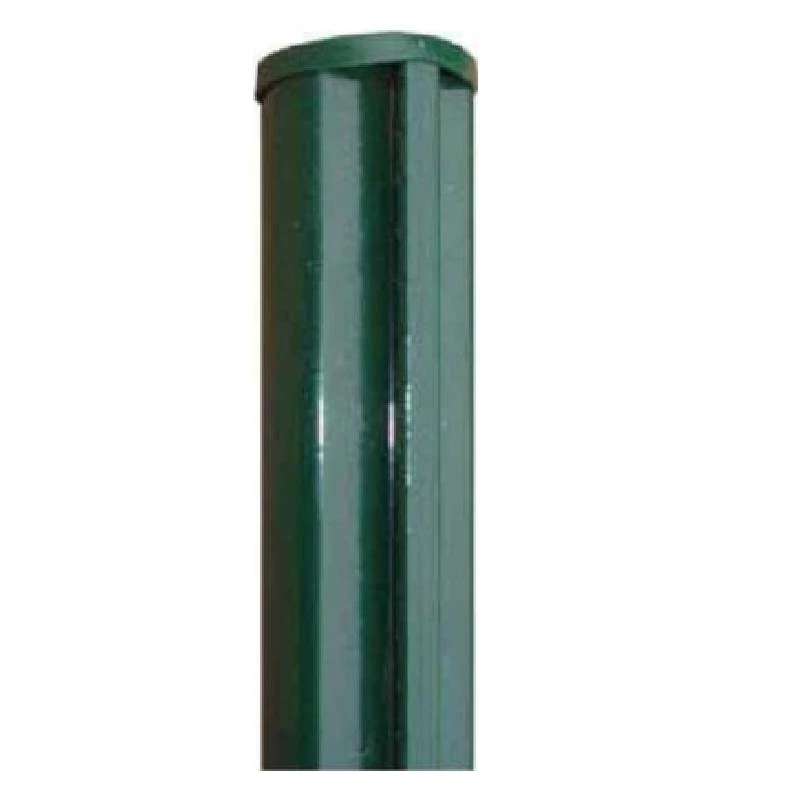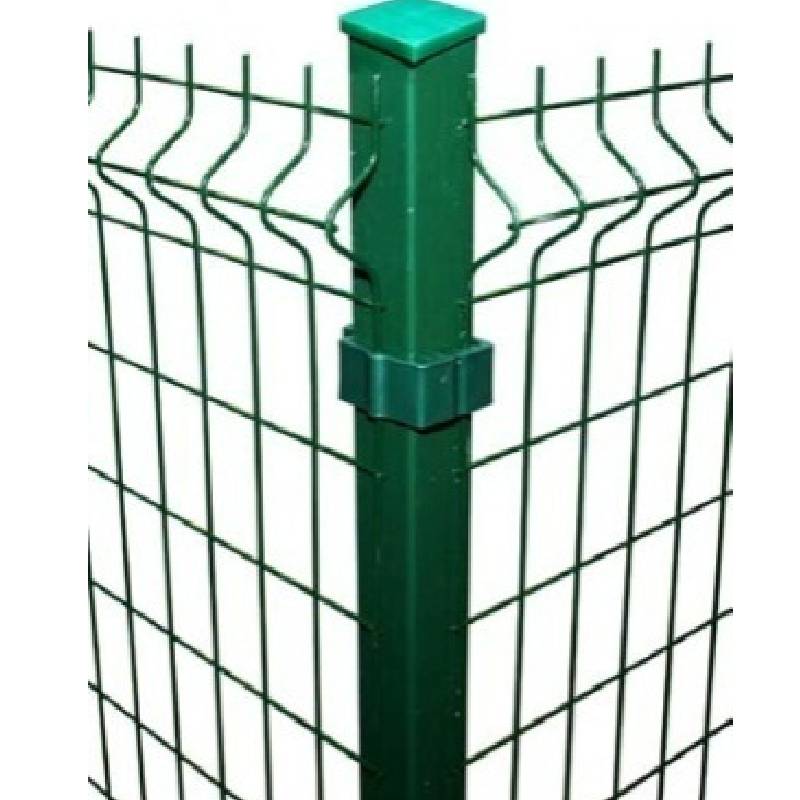-
E-mail:zhao@hyliec.cn
-
Telefono:+86 311 85273988
-
WhatsApp:8613931128750
-
 africano
africano -
 albanese
albanese -
 Amarico
Amarico -
 Arabo
Arabo -
 armeno
armeno -
 Azero
Azero -
 Basco
Basco -
 bielorusso
bielorusso -
 bengalese
bengalese -
 Bosniaco
Bosniaco -
 bulgaro
bulgaro -
 catalano
catalano -
 Cebuano
Cebuano -
 Corso
Corso -
 croato
croato -
 ceco
ceco -
 danese
danese -
 Olandese
Olandese -
 Inglese
Inglese -
 esperanto
esperanto -
 Estone
Estone -
 finlandese
finlandese -
 francese
francese -
 Frisone
Frisone -
 galiziano
galiziano -
 georgiano
georgiano -
 Tedesco
Tedesco -
 greco
greco -
 Gujarati
Gujarati -
 Creolo haitiano
Creolo haitiano -
 haussa
haussa -
 hawaiano
hawaiano -
 ebraico
ebraico -
 No
No -
 Miao
Miao -
 ungherese
ungherese -
 islandese
islandese -
 igbo
igbo -
 indonesiano
indonesiano -
 irlandesi
irlandesi -
 Italiano
Italiano -
 giapponese
giapponese -
 giavanese
giavanese -
 Kannada
Kannada -
 kazako
kazako -
 Khmer
Khmer -
 Ruandese
Ruandese -
 coreano
coreano -
 curdo
curdo -
 Kirghizistan
Kirghizistan -
 TBC
TBC -
 latino
latino -
 lettone
lettone -
 lituano
lituano -
 Lussemburghese
Lussemburghese -
 macedone
macedone -
 Malgashi
Malgashi -
 malese
malese -
 Malayalam
Malayalam -
 maltese
maltese -
 Maori
Maori -
 Marathi
Marathi -
 mongolo
mongolo -
 Myanmar
Myanmar -
 nepalese
nepalese -
 norvegese
norvegese -
 norvegese
norvegese -
 occitano
occitano -
 Pashtu
Pashtu -
 persiano
persiano -
 Polacco
Polacco -
 portoghese
portoghese -
 Punjabi
Punjabi -
 rumeno
rumeno -
 russo
russo -
 Samoano
Samoano -
 Gaelico Scozzese
Gaelico Scozzese -
 serbo
serbo -
 Inglese
Inglese -
 Shona
Shona -
 Sindhi
Sindhi -
 Singalese
Singalese -
 slovacco
slovacco -
 sloveno
sloveno -
 Somalo
Somalo -
 spagnolo
spagnolo -
 Sundanese
Sundanese -
 Swahili
Swahili -
 svedese
svedese -
 Tagalog
Tagalog -
 Tagico
Tagico -
 Tamil
Tamil -
 Tartaro
Tartaro -
 Telugu
Telugu -
 tailandese
tailandese -
 Turco
Turco -
 turkmeno
turkmeno -
 ucraino
ucraino -
 Urdu
Urdu -
 Uiguro
Uiguro -
 Uzbeco
Uzbeco -
 vietnamita
vietnamita -
 gallese
gallese -
 Aiuto
Aiuto -
 yiddish
yiddish -
 Yoruba
Yoruba -
 Zulù
Zulù
Palo di recinzione
What Type Of Fence Post Is Best?
The best type of fence post depends on various factors such as the type of fence, local climate, soil conditions, and personal preferences. Common options for fence posts include:
1. Round steel posts: Round steel posts are a traditional and versatile choice, suitable for various fence types. They can be treated to resist rot and decay, but may require maintenance over time.
2. Square steel posts and rabbet posts offer durability and strength, making them suitable for supporting heavy or high-security fences. They are resistant to rot and insect damage.
3. Steel round posts/ square posts/ rabbet with base plate: They are suitable to install on the concrete ground, and fixed by concrete nails.
What Size Is A Fence Post?
Fence posts come in various sizes, typically having Φ32 Φ34 Φ38 Φ48 Φ60 Φ80 for round steel posts and 40x40 60x60 40x60 60x60 80x80 100x100 etc for square tube posts in dimension. The specific size of a fence post depends on the type of fence being installed, the height and weight of the fence panels, and the local building codes or regulations. It's important to select the appropriate size of fence post to ensure stability and structural integrity for the specific fencing project. Consulting with a professional or referring to local building codes can provide guidance on the recommended size of fence posts for a particular application.
Fence Post FAQ:
What type of fence post is best?
The best type of fence post depends on various factors such as the type of fence, local climate, soil conditions, and personal preferences. Common options for fence posts include round steel posts, square steel posts and rabbet steel posts, posts with base plate or without base plate. Each type has its own advantages and considerations, so it's important to choose the most suitable option based on the specific requirements of the fence project.
What size is a fence post?
Fence posts come in various sizes, typically typically having Φ32 Φ34 Φ38 Φ48 Φ60 Φ80 for round steel posts and 40x40 60x60 40x60 60x60 80x80 100x100 etc for square tube posts in dimension. The specific size of a fence post depends on the type of fence being installed, the height and weight of the fence panels, and local building codes or regulations. It's important to select the appropriate size of fence post to ensure stability and structural integrity for the specific fencing project.
How to install a panel fence?
Paneling a fence involves several steps, including measuring and planning, installing the posts, attaching the panels, adding finishing touches, and performing regular maintenance. It's important to follow the manufacturer's instructions and local building codes when paneling a fence to ensure proper installation and compliance with regulations. If in doubt, it's advisable to consult with a professional or seek guidance from experienced individuals.






